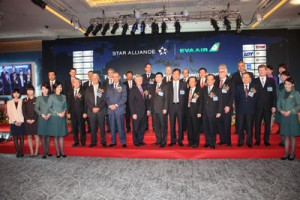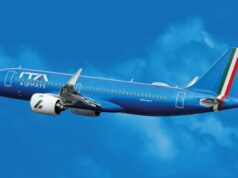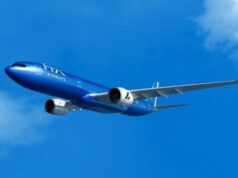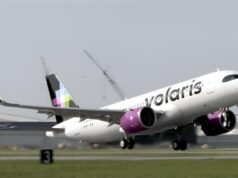 Star Alliance announced today that its Chief Executive Board (CEB) has unanimously accepted the membership application of EVA Air. This decision underscores the Alliance’s long term strategy of seeking network growth and providing access to new regions which show strong economic potential and development.
Star Alliance announced today that its Chief Executive Board (CEB) has unanimously accepted the membership application of EVA Air. This decision underscores the Alliance’s long term strategy of seeking network growth and providing access to new regions which show strong economic potential and development.
“EVA Air is a very good fit for Star Alliance as the airline will add many new routes to our global network, with a specific focus on the growing Far East aviation market. This will increase the choice for our customers and is in line with our mission of being the leading global airline alliance for the international traveller”, said Mark Schwab, CEO Star Alliance.
Since its founding nearly 15 years ago, Star Alliance has progressively built its presence in Asia/Pacific and will have eight member carriers based in this region by mid-2013.
Through its future membership in Star Alliance, EVA Air will be able to offer its customers access to a global network, along with seamless travel and status recognition within the various member carrier frequent flyer programmes.
“After careful evaluation we concluded that Star Alliance offers the best match for EVA Air. Our networks complement each other and we will expand the existing Alliance flight options in the growing cross-straits market. We look forward to significant synergy in both service enhancement and expansion of our customer base. In addition, our partnership with Air China makes the Star Alliance especially attractive to us”, said James Jeng, Chairman, EVA Air.
The integration process will now begin, with the respective teams at EVA Air and Star Alliance commencing the work which needs to be completed before a new airline can join the Star Alliance network. Air China will be assisting in this process as the mentor airline.
EVA Air’s network of around 60 destinations will add Kaohsiung in Taiwan and Surabaya in Indonesia as unique airports to the Star Alliance network. In addition, Taiwan’s geographic location adds to the quality of the Star Alliance hubs in Asia, is it has the shortest average distance to all major cities in the Asia-Pacific region. In total, the network of 30 airlines (the current 26 and four future members) will offer more than 22,000 daily flights to 1,345 destinations in 191 countries.











